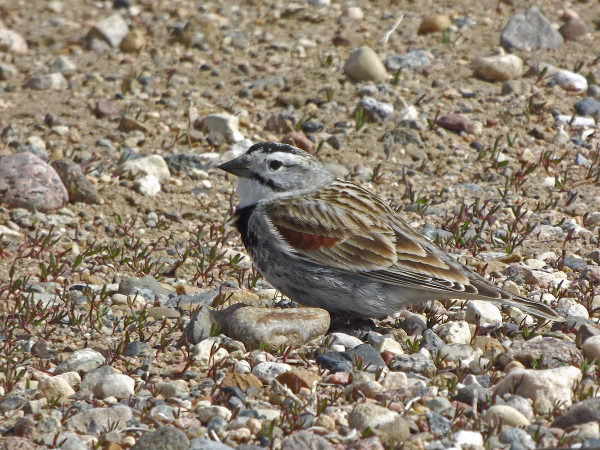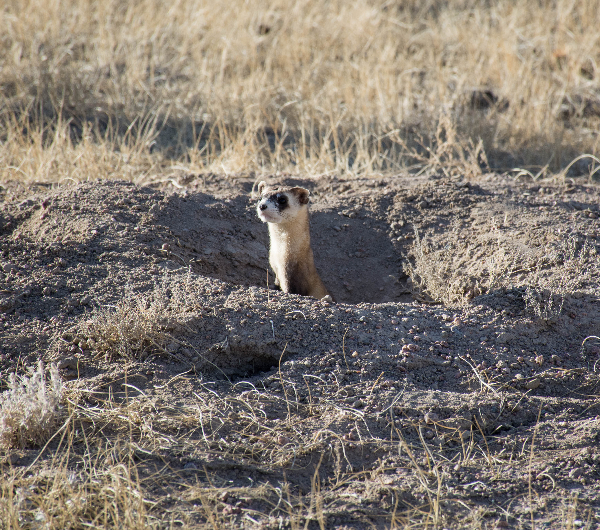Shortgrass Prairie Ecosystems#
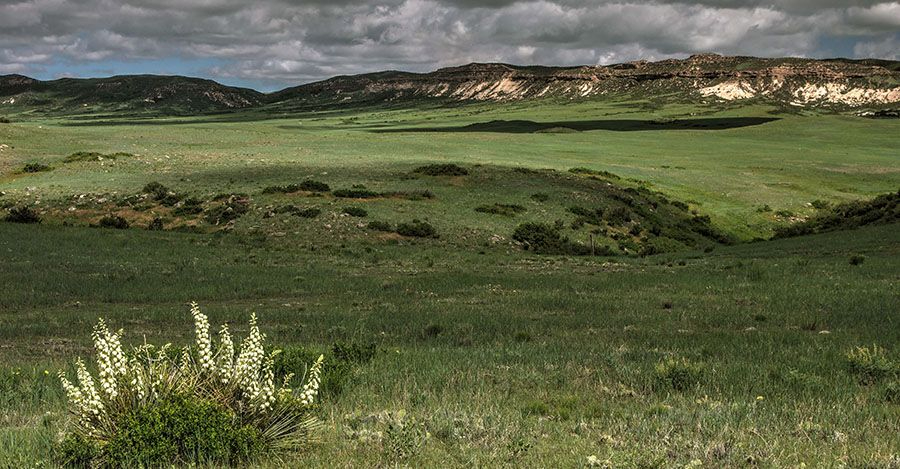
The Wonders of the Shortgrass Prairie Ecosystem#
The shortgrass prairie spans eastward from the Rocky Mountains and stretches from Canada to Mexico. The shortgrass prairie covers much of eastern Colorado and encompasses rolling hills, canyons, bluffs, and expansive views of the horizon. It may take a more patient eye to find its beauty, but the prairie is nothing short of magical.
Fifty percent of the shortgrass prairie ecosystem is lost due to its conversion to human development. Thanks to Fort Collins voters, the City of Fort Collins Natural Areas is able to protect a piece of the shortgrass prairie ecosystem by managing Soapstone Prairie Natural Area. This functioning and intact grassland provides habitat to unique wildlife and rare plant species.
About the Stickers#
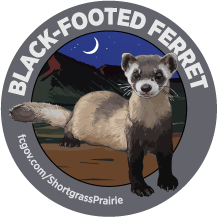
The Natural Areas Department has created stickers to highlight important species in shortgrass prairie ecosystems and you can collect them all! Scroll to explore some of the unique wildlife that calls Soapstone Prairie home and to see your conservation dollars at work.
Thick-billed Longspur#
Habitat: Thick-billed longspurs are highly associated with the shortgrass prairie ecosystem. They occupy areas of short, carpet-like conditions, formed primarily by a mix of buffalo grass and blue gramma, some bare ground, intermittent mid grasses, and shrubs. They prefer disturbed areas, driven by sustainable grazing and fire intervals resembling historic ranges. Both grazing and fire help to maintain their preferred conditions. The species has a limited range in Colorado, represented by the southern end of their breeding range.
Phenology/Timing: Thick-billed longspurs arrive in Colorado as early as March, but more typically in April. Males establish territories upon arrival and perform aerial displays in the sky to attract females. They will remain in Colorado until early-mid October. During the winter months, Thick-billed longspurs depart to their wintering grounds in western Texas and north-central Mexico where there is similar habitat to what they use at Soapstone Prairie.
Breeding: Females likely select a nest site and incubate a clutch of 2-5 eggs. The incubation period is 12 days, and the young leave their nest around 10 days of age.
Conservation needs: Like many species endemic to prairie ecosystems, Thick-billed longspurs have experienced significant population declines. This is due to the loss of habitat, grassland conversion to agriculture, urban expansion, and other land-use changes. Areas like Soapstone, which are managed for ecological function, are critical for this species, and its continued presence in Colorado.
Where can visitors see this species? Thick-billed longspur may be viewed on any of the trails at Soapstone Prairie, primarily the Pronghorn Loop and Plover Trail (closed from 4/1-7/15). Look for the males singing while executing their aerial displays!
Northern Redbelly Dace#
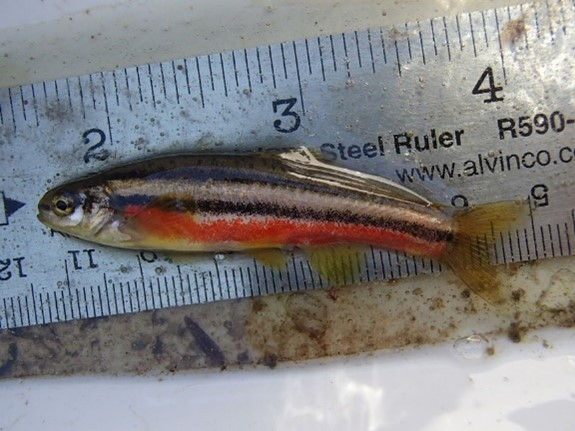
The northern redbelly dace is a small minnow endemic to Colorado. During summer, males acquire the red color on their bellies that inspire their name. The species has a highly restricted range in Colorado. Although they are not on the federal endangered species list, the state of Colorado considers them endangered. A population can be found at Soapstone Prairie.
Habitat: Redbelly dace are found in clear, cool, prairie streams with aquatic vegetation and off-channel wetlands.
Food Habits: Northern redbelly dace are omnivorous, feeding on vegetation, small invertebrates, and detritus.
Conservation needs: Due to the endangered populations of redbelly dace in Colorado, there are a number of conservation needs such as: identifying suitable habitats for relocation, restocking appropriate streams and ponds, and reducing changes to their aquatic habitat.
Where can visitors see this species? The northern redbelly dace population occurs in an area of Soapstone Prairie that is closed to the public. This closure helps to protect dace and allows scientists to study the population without human impact. Visitors can see native plains fishes at the aquarium display at the Fort Collins Museum of Discovery.
Black-footed Ferret#
Habitat: The black-footed ferret (BFF) is the only ferret species native to the Americas. Its historical range spanned much of western North America’s intermountain and prairie grasslands, extending from Canada to Mexico. BFFs have been reintroduced in the wild at 29 sites across 8 states, Canada, and Mexico. Black-footed ferrets are highly specialized predators that depend upon prairie dogs and their burrows for survival. Prairie dogs make up more than 90% of the BFF’s diet. Prairie dog burrows provide BFFs with suitable dens to raise their young as well as escape predators and harsh weather. In the past, this dependence was a good survival strategy because prairie dogs were plentiful. However, in the modern era, as human activities and disease decimated prairie dog populations, this unique survival strategy proved detrimental to BFF survival.
Reproduction: Black-footed ferrets mate in spring, usually in March or April, and the gestation period (length of pregnancy) is 42 days. The average litter size is 3-4 kits, although they can have anywhere from 1-10 kits.
Conservation Need: Protection and conservation of prairie dog species on contiguous, unfragmented, landscapes are essential to black-footed ferret recovery. Equally important, is mitigating the impacts of sylvatic plague on both prairie dogs and ferrets to ensure the survival of both species.
Where can visitors see this species? Black-footed ferrets, like Swift fox, are primarily nocturnal. Keep your eyes open for them when you travel through or near any prairie dog colony. They have been seen at Soapstone Priarie at dawn and dusk. Trails that travel in or near prairie dog towns are; Pronghorn Loop, southern Cheyenne Rim, and Plover Trail (closed 4/1-7/15).
Swift Fox#
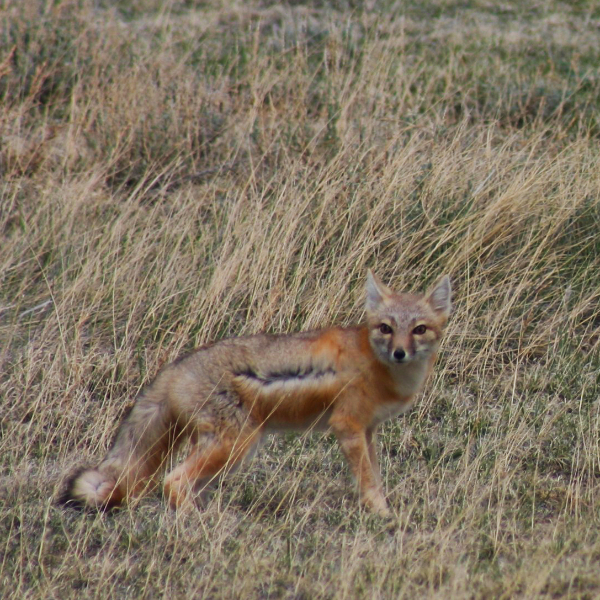
Swift foxes are the smallest wild canine living in North America, weighing just 3-7 pounds and are about half the size of a red fox. Swift foxes typically live 3-6 years but have been known to live up to 14 years. Swift foxes are named for their high speeds, where they can reach speeds up to 25 miles per hour. Swift foxes are typically nocturnal hunters, active from dusk to dawn. They can, however, be seen sunning themselves at the entrance to their burrow on sunny winter days and pups frequently play near the den during the day.
Habitat: Swift foxes are endemic to the short and mid-grass prairie of Eastern Colorado. They are excellent diggers and excavate their own dens. They may also use and modify prairie dogs and badger burrows. They use their dens year-round.
Reproduction: Swift foxes mate in December through February. Pups are born in the den, in Spring. The average litter size is 4-5 pups. Pups come above ground at 4-5 weeks old.
Conservation Needs: The Swift fox is a species of higher conservation need in Colorado. Protection and conservation of short and mid-grass prairie are essential. Swift fox populations need protection from non-target poisoning, hunting, and trapping.
Where can visitors see this species? Swift fox are primarily nocturnal, but don’t be deterred! Keep your eyes open for them when you travel through or near any prairie dog colony. They have been seen at Soapstone Prairie at dawn, dusk, and in the middle of the day. Trails that travel in or near prairie dog towns are; Pronghorn Loop, southern Cheyenne Rim, and Plover Trail (closed from 4/1-7/15).
Northern Leopard Frog#
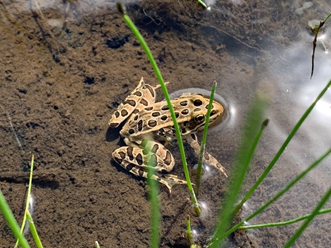
Northern leopard frogs were once abundant across many wet habitats. Populations began to decline and disappear in the 1990s, for a myriad of reasons, from ecological events, human alteration of habitat, disease, and bullfrog establishment. Leopard frogs can become active as early as March at lower elevations and continue activity into October and November until cold weather forces them into dormancy.
Habitat/Life Cycle: Leopard frogs occupy many habitats during different seasons and stages of development, but they are closely associated with wet environments. In general, leopard frogs occupy three categories of habitat: (1) over-wintering habitat with deep water that does not freeze solid; (2) foraging habitat for adults, which may consist of uplands, riparian areas, and wet meadows; and (3) breeding habitat suitable for egg development and tadpole survival. In general, plains leopard frogs breed in more ephemeral ponds, while northern leopard frogs use semi-permanent ponds.
Conservation Needs: Northern leopard frogs need protection of habitat used for all phases of their life cycle. To conserve populations, various management practices are needed: 1) Prevent the establishment of predatory fish and bullfrogs. 2) Manage livestock access to foraging habitats and ponds. 3) Prevent the spread of disease. 4) Translocate frogs to reestablish populations with suitable habitats.
Where can visitors see this species? Currently, the population at Soapstone Prairie is small and in an area closed to the public. This potentially fragile population needs protection so that NAD can continue to bolster it and hopefully grow its presence.
Mourning Cloak#
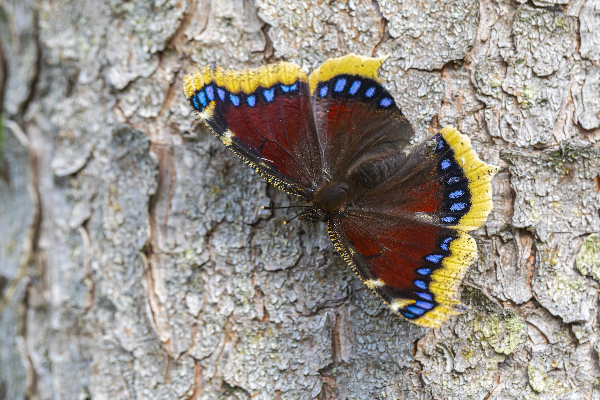
Mourning cloaks are one of the few local butterflies that hibernate as adults. They overwinter under bark and leaf matter. When their wings are closed, they look very much like bark or dried leaves.
Life Cycle: Mourning cloaks live longer than most butterflies (10 months or more). Emerging on sunny late-winter days in February and March, this striking butterfly is a welcome sight. Mating occurs in spring and early summer when females lay eggs in April and May. Fresh adults emerge in mid-summer.
Habitat/Host Plants: At Soapstone Prairie, mourning cloaks can be found close to their host plants, willows, and cottonwoods, which are primarily found in riparian areas. Riparian features are less common at Soapstone Prairie.
Conservation Need: This species is common, but not abundant. Because it wanders and hibernates, it can be found in a variety of habitats, where its host plants are found (willows, cottonwoods, hackberries, elms, birches, aspens). Because its host plants and their associated habitats are uncommon at Soapstone, it’s important to conserve those resources, so that the mourning cloak can complete its life cycle on the property and continue to survive there into the future.
Where can visitors see this species? Mourning cloaks may be seen almost anywhere at Soapstone Prairie. Typically not abundant, but wide-ranging, keep your eyes open for this unmistakable butterfly.

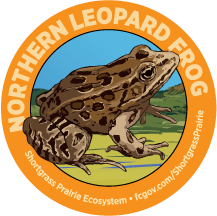
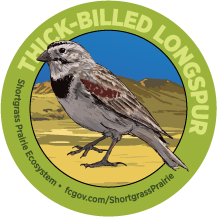
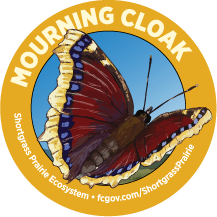
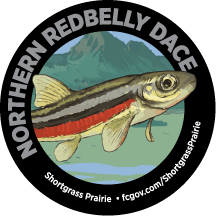
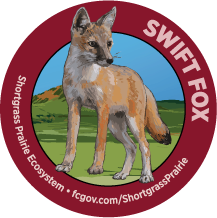
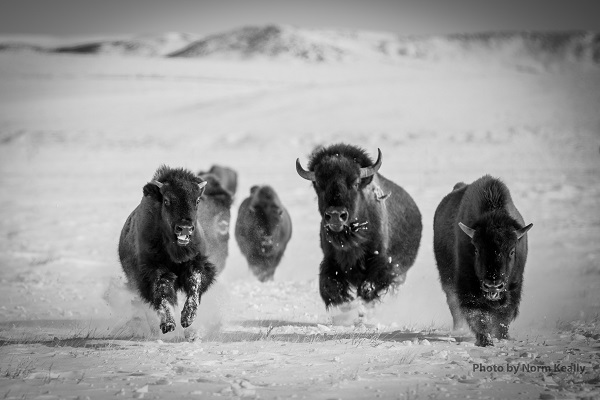
The Mountains to Plains Zone
Soapstone Prairie is the only City of Fort Collins-owned site in the Mountains to Plains Zone. Eastern Larimer County is divided up into six management zones based on geography, including the Mountains to Plains Zone. Learn about updates to the zone management plan.
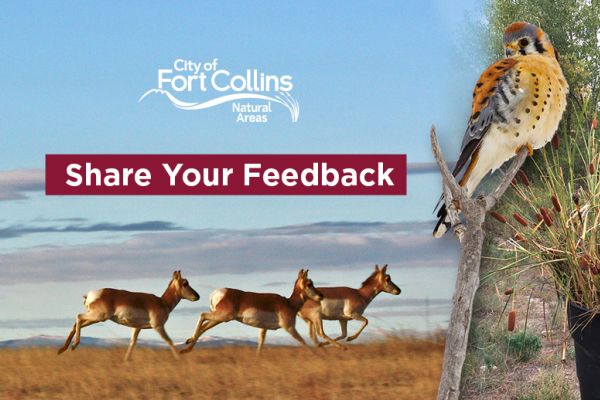
Share your Feedback
Help plan the future of your natural areas! Share your feedback on the management of various natural areas. Feedback for Soapstone Prairie, Poudre River, and Kestrel Fields Natural Areas is due by May 31.

The Mountains to Plains Zone
Soapstone Prairie is the only City of Fort Collins-owned site in the Mountains to Plains Zone. Eastern Larimer County is divided up into six management zones based on geography, including the Mountains to Plains Zone. Learn about updates to the zone management plan.

Share your Feedback
Help plan the future of your natural areas! Share your feedback on the management of various natural areas. Feedback for Soapstone Prairie, Poudre River, and Kestrel Fields Natural Areas is due by May 31.
-
- Colorado Natural Heritage Program
- Colorado Parks and Wildlife
- Nebraska Game and Parks
- Montana Natural Heritage Program
- Mammals of Colorado, 2nd edition
- US Fish and Wildlife Service
- Amphibians and Reptiles in Colorado
- Field Guide to Butterflies of North America
- Butterflies of the Colorado Front Range
- Butteriesandmoths.org
